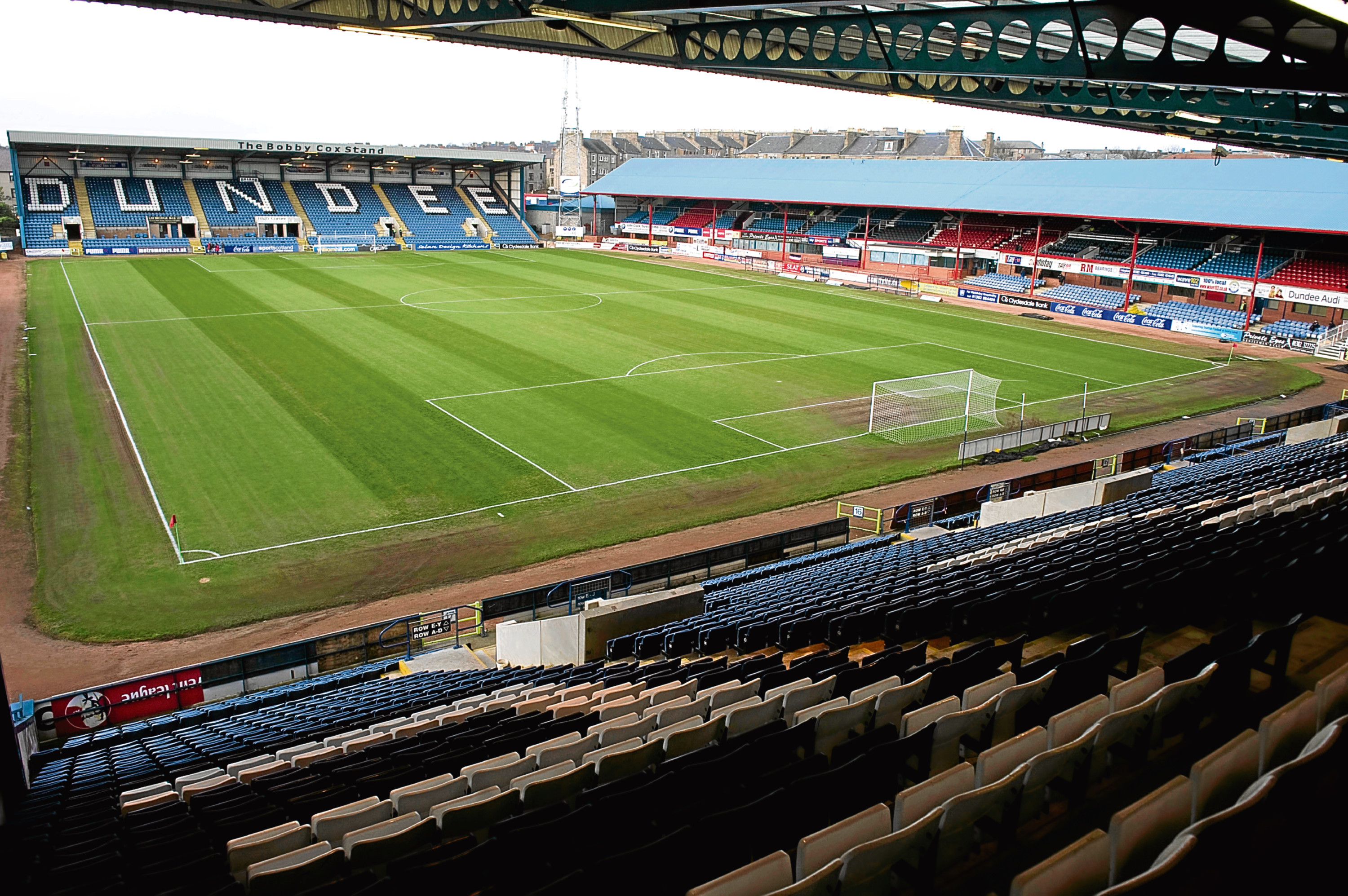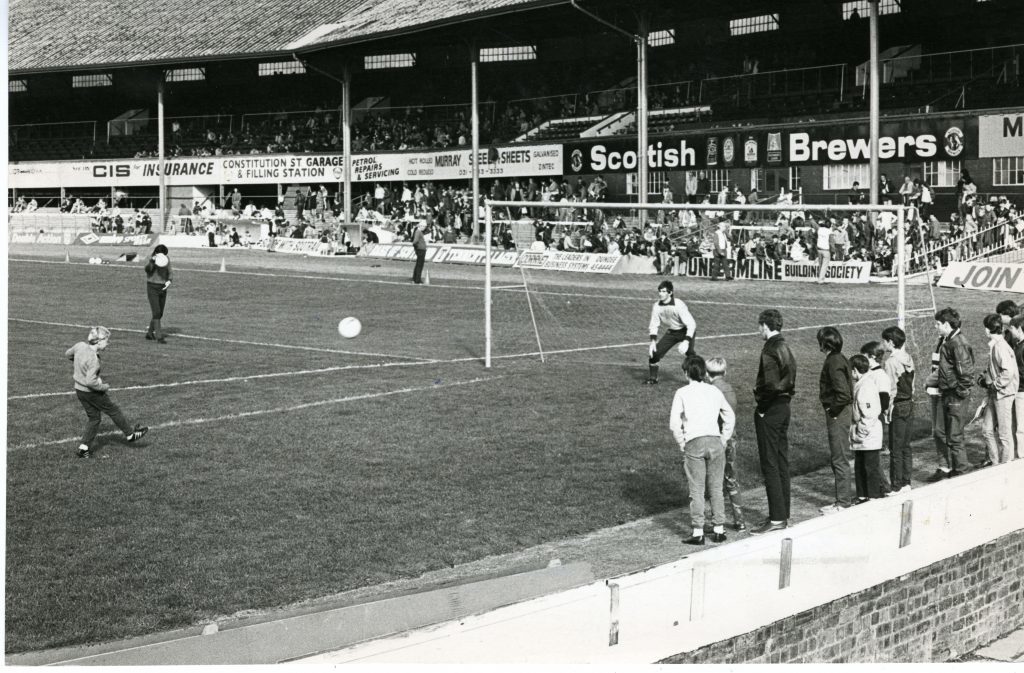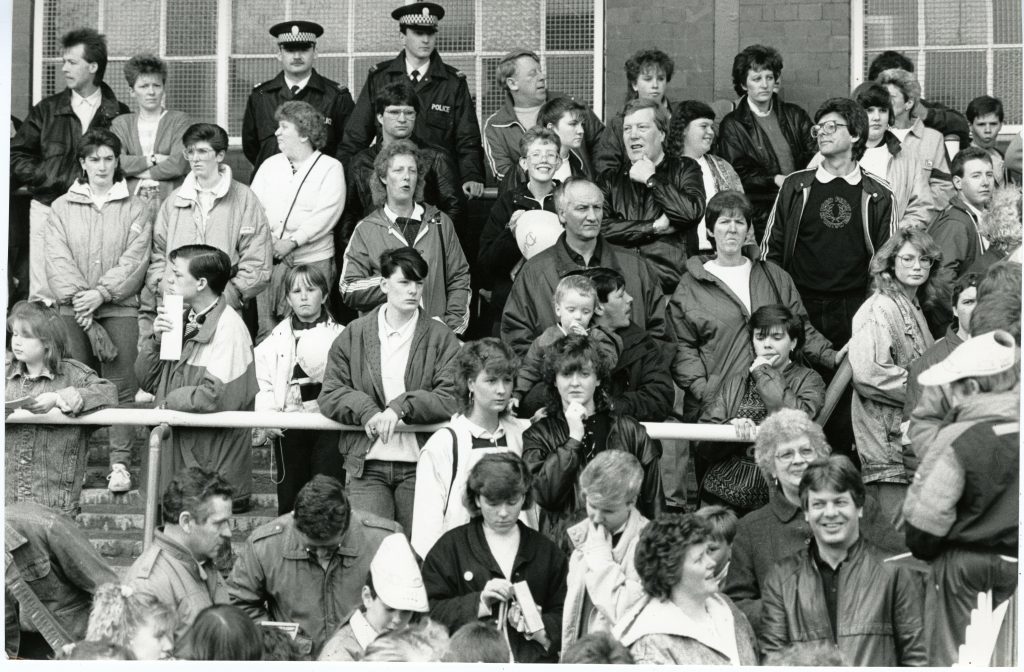I took a good long look around Dens Park from the vantage point of my season ticket perch in the Bobby Cox Stand – or to supporters of a certain age the Provie Road End.
It was just before Sunday’s lunchtime kick-off against Hibs, and what with the game being on television, the place was what, charitably, you might call half-full, or, if you see our league basement status as an omen, half-empty.
No ground in the world looks good when it’s only half-full but some grounds only look good when they are so full that you cannot see the gaping wounds in the built fabric.
Dens Park is one such, and it is only as full as that when Dundee United come to call.
I saw my first game at Dens Park in March 1955, a draw against Hibs as it happens. I saw it from the Provie Road End, so I have stashed away a wheen of memories between now and then, and these include the golden age of Gilzean et al.
Sell-by date
But a football fan’s memories are made by the players, not by the stage on which they have to perform.
Although Dens Park is a significant component in my life’s landscape, any reasonable examination of it must conclude that its fabric is being held together long after the sell-by date has expired; that it lacks much of what is expected in a 21st Century stadium.
It has been a symbol of lost confidence for too long, and only now is the management of the club beginning to make the kind of overtures on which confidence can begin to rebuild.
But as yet, that confidence is not flooding through the players.
So I am persuaded that a move to a new purpose-built stadium is a good one, and one which will propel the club towards an upswing in its fortunes, for in recent years it must be acknowledged that fortune has rarely smiled in our direction.
In the less-than-exhilarating events on the pitch on Sunday, and the less-than-euphoric mood in which I considered what I had seen and where I had been watching it unfold, one seemed be a reflection of the other.
The truth is the south side of the ground is an embarrassment and the north stand is so old it was built at a time when the only way to keep the roof on was with columns – and columns have an irritating habit of blocking sightlines to those areas of the pitch where crucial moments of play unfold.
Historic
Dundee is a great club, and central to the history of Scottish football.
But another truth is that is has been less than central to the modern era of Scottish football, and at least part of that truth is a consequence of the fact Dens Park is a historic stadium rather than a modern one.
The changed nature of the game requires change in the nature of the club, in the broadest sense of the word.
Yet Dundee has come a long way in a short time.
The dark days of administration marked a nadir from which some of us still bear the scars.
These were desperate days on the pitch, but in the stands we lived and breathed by taking very shallow breaths indeed, and putting money in buckets.
So the promise of a new stadium, and the new lease of life which must inevitably flow from such a vote of confidence, suggests that a return to the sunlit uplands of Scottish football is not beyond us.
‘Anchor’
Back in 1996 I wrote a book called The Road and the Miles, a homage to the city as I knew it and as I grew up with it.
A chapter entitled The Beau’iful Gemme began: “The 1990s are not the 1960s, when the Dark Blues bestrode Europe and regularly stuffed Rangers and Celtic… Adherence to the cause is more tribulation than triumph. The adherents are conspicuously fewer. It is hard to work up a lather of anticipation for the visit of Ayr or Airdrie if you remember the visit of Cologne or Anderlecht. Yet for me there is one untarnishable joy to assuage the more or less permanent state of mourning which afflicts all those of us who ‘mind o’ Gillie’ (‘Eh Mind o’ Gillie’ was the Dundee fanzine at the time). It is that when I slip on to a familiar bench at the Provost Road End at Dens Park, I can taste where I come from. That same Dundee which gave me the thirst for nature which I would slake among ever more uncompromising wilderness, has also given me this. This heart-warmth. This anchor.”
I can see my grandfather (who graced this very pitch in his day) and my father, who loved the place, nodding agreement in the wings.
It’s time.


